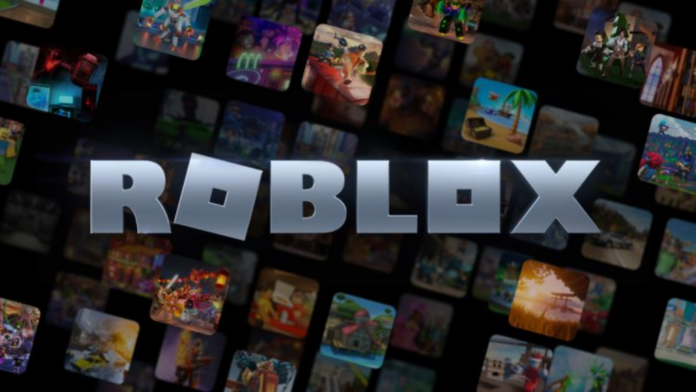[ad_1]

In the evolving landscape of digital gaming, Roblox, a leading gaming platform renowned for its creativity and interactivity, is eyeing an ambitious expansion. David Baszucki, the founder and CEO, envisions integrating cross-platform digital collectibles, potentially revolutionizing how virtual items are utilized and valued.
During a recent CNBC interview, Baszucki shared his aspirations of seamlessly moving virtual items across different platforms, transcending the boundaries of the Roblox universe. Imagine, for instance, a scenario where a high-profile celebrity like Elton John launches a series of limited-edition virtual capes for a charitable cause on Roblox. These items could potentially travel beyond Roblox, evolving into digital collectibles that can be traded outside the platform, only to return enriched with a new history and possibly higher value.
This concept aligns with the emerging trend of digital ownership and collectibility, offering a glimpse into a future where virtual items hold tangible value across various digital landscapes. Roblox’s in-game currency, Robux, already plays a pivotal role in this ecosystem. The company’s impressive quarterly earnings, with $839.5 million in bookings, underscore the robustness of this virtual economy.
What sets Roblox apart is its dual role as both a gaming and creation platform. Boasting about 70.2 million daily active users, it’s a digital playground where imagination meets reality. This attribute, combined with a 20% user increase compared to last year, marks Roblox as a juggernaut in the gaming world.
A step towards this ambitious integration is already evident in Roblox’s introduction of ‘Limiteds’ in April. These virtual wearables, available in restricted quantities and resalable, mimic the characteristics of digital collectibles without relying on blockchain technology. Each resale generates a 10% royalty fee for the original creator, fostering a thriving creator-centric economy.
The idea is not just a flight of fancy. Big brands like Nike have already embraced the concept, blurring the lines between virtual and physical collectibles. Their recent Web3 initiative and NFT ventures, including a virtual and physical pair of sneakers, hint at the vast potential of such crossover items. With nearly $1.4 billion in trading volume, these ventures are more than just a fad; they’re a testament to the growing relevance of digital collectibles.
Roblox’s vision, as Baszucki emphasizes, is not just about technological integration. It’s about empowering creators, whether they’re global brands or individual artists, to have significant control and benefit from this evolving digital landscape. As the world of digital collectibles continues to mature, Roblox’s role in this revolution seems not only promising but pivotal.
In conclusion, Roblox isn’t just playing a game; it’s setting the stage for a future where digital and physical realities intertwine, creating a new paradigm in the digital collectibles market. As we watch this space, one thing is clear: the line between virtual and real is not just blurring; it’s being redrawn.
[ad_2]




